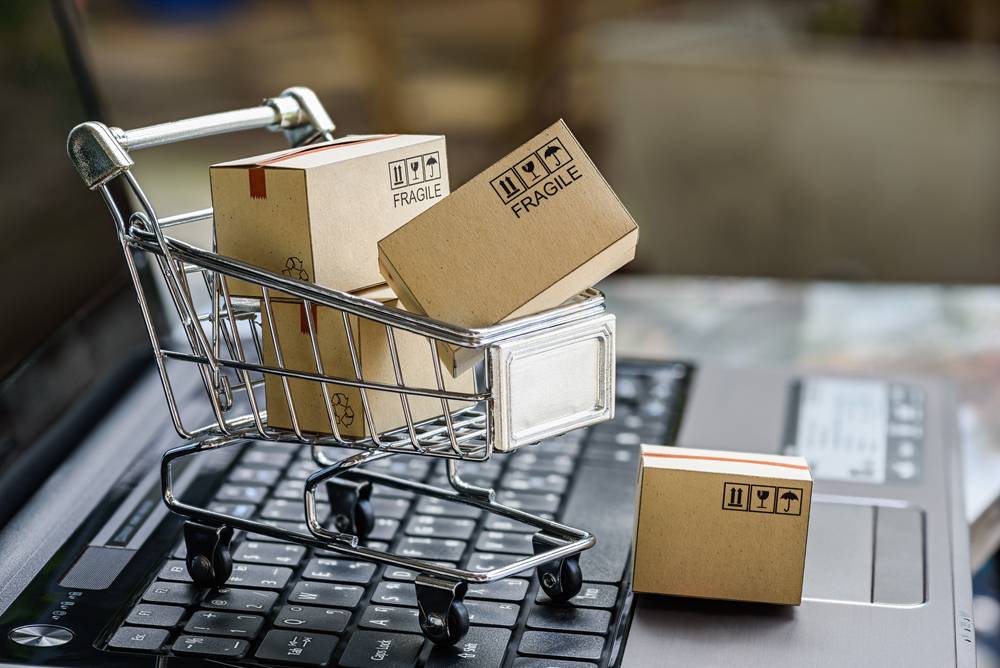 Updated on: December 17th, 2019 3:43 PM
Updated on: December 17th, 2019 3:43 PM
What is E-Procurement?
E-Procurement is the acronym of ‘Electronic Procurement’ which in turn refers to the process of purchase and sale of goods or services through electronic methods using the Internet as a primary medium. This method of procurement was introduced as a substitute of the manual procurement where energy and time consumption was high. But, e-Procurement is better in many ways than manual procurement in terms of efficiency and optimal utilization of resources. Many organizations are increasingly opting for e-Procurement platforms, realizing its potential to eradicate irregularities and unnecessary costs. As the term procurement means ‘obtaining’ something, supply chain management is very essential in the current market. Right from the manufacturing unit to the customers, procurement plays a very crucial role in the market. Thus e-procurement is widely getting accepted by the both the customers and organizations for an easy and efficient procurement processes.Components of e-Procurement
As a process, e-procurement hosts multiple components and procedures within itself. These components decide the functioning of the procurement in an effective way. These components are as follows:- Indent Management
- RFX Creation
- Bid Submission
- Bid Opening and Evaluation
- e-Auction
- Vendor Selection and Finalization
- Vendor and Contract Management
Indent Management
It is the first step involved in e-tendering, indent creation or the creation of requisition. This is then followed by its evaluation and approval. It is also considered as the workflow involved in the preparation of tenders and procuring departments defining their indenting process. In e-Procurement, the complete works are submitted and acquired by means of internet.RFP Creation
Request For Proposal (RFP), Request For Information (RFI), Request For Bids (RFB) and Request For Quotes (RFQ) are few important terms used in e-procurement procedures. This also involves formulating commercial qualification criteria. This attracts several prospective bidders to get them involved in the business.Bid Submission
The interested bidders are registered to the e-procurement portal where they submit their bids which will contain all details pertaining to technical information and commercial practices.Bid Opening and Evaluation
The practice of e-Auction happens at this stage where the vendors are scrutinized for their authenticity after their information is submitted in the e-procurement portal. All the submitted details are checked for their authenticity and compatibility.E-Auction
An e-auction is carried out purely based on requirements. These auctions are where the goods meant to be procured are considered worthy of procurement.Vendor Selection and Finalization
After the e-Auction, one or more vendors are finalized and the Purchase Order issued according to the requirement. This step concludes the procurement process.Vendor and Contract Management
Maintaining the vendor contact details as well as prepare a catalog that contains all commercial details on the bidders.Benefits of e-Procurement
E-Procurement is of great benefit for the bidders and companies. Few of the benefits of ‘e-procurement’ are as follows:- Reduce time consumption in the whole process.
- Reduce man-power/ resource used in the process.
- Cost effective.
- Easy to maintain and doesn’t require big infrastructure for procurement.
- Easy reach to the bidders.
- Fast and easy way to register and maintain bidder’s details.
- Simplifies the whole process.
- The confidentiality of the information is assured.
Popular Post

In the digital age, the convenience of accessing important documents online has become a necessity...

The Atalji Janasnehi Kendra Project that has been launched by the Government of Karnataka...

The Indian Divorce Act governs divorce among the Christian couples in India. Divorce...

When an individual has more than a single PAN card, it may lead to that person being heavily penalised, or worse,...

Employees Provident Fund (PF) is social security and savings scheme for employee in India. Employers engaged...


